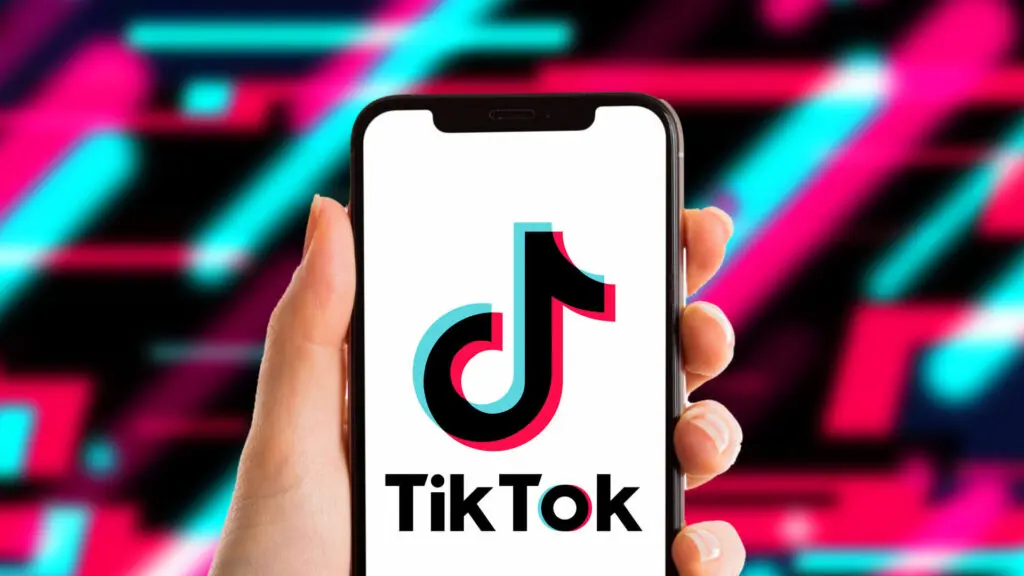The Rise of Long-Form Content on TikTok
TikTok, the popular short-form video platform, has embarked on a transformative journey by embracing long-form content. In this article, we delve into the implications of this shift, exploring the dynamics of long-form versus short-form content on TikTok and its potential impact on creators.
TikTok's Long-Form Revolution
TikTok’s foray into long-form videos, with a current limit of ten minutes, has sparked a significant shift in user behavior. Unlike platforms like YouTube Shorts, TikTok is challenging creators to go beyond the 60-second norm, and the results are noteworthy.

The Data Speaks: Long-Form Gains Traction
During a recent creator event in October, TikTok shared compelling insights. Across its user base, users now spend half their time on the platform watching videos exceeding the traditional 60-second duration. Moreover, creators who ventured into long-form content, videos longer than one minute, witnessed a remarkable fivefold increase in followers over the six months leading to October.
Testing Limits: A Potential Move to 15 Minutes
In response to the positive trends, TikTok is considering pushing the boundaries further by testing a 15-minute video length limit. This move aligns with the platform’s commitment to fostering diverse and extended content.
Monetization Shift: Incentivizing Long-Form
In a strategic shift, TikTok is moving away from its $1 billion creator fund to a new monetization approach. Notably, this program will exclusively reward creators for videos longer than a minute. This shift indicates a recognition of the potential value and engagement associated with long-form content.
Challenges and Skepticism
However, interpreting these metrics comes with its challenges. TikTok’s measurement of views remains opaque, leaving uncertainties about the true impact of long-form content. Matt Koval, a seasoned professional from YouTube, expresses skepticism, citing TikTok’s fast-swiping mechanism as a potential hurdle.
The Appeal of Short-FormContent
While long-form content gains traction, short-form content remains popular among creators. The accessibility of creating short videos with just a smartphone attracts a broad range of content producers. The ease of entry into platforms like TikTok, YouTube Shorts, and Reels has democratized content creation.
TikTok's Guidance for Long-Form Creators
During a meetup in October, TikTok provided guidance to creators interested in long-form content. The recommended genres include lifestyle vlogging, storytimes, commentary, vlogs, tutorials, and challenges. Additionally, creators were encouraged to incorporate hooks early in their videos to maintain the attention of viewers accustomed to shorter content.
The Uncertain Future
The push towards long-form content raises questions about its sustainability and impact on creators. While long-form content could attract more ad revenue, TikTok’s audience’s quick-scrolling behavior poses a challenge for sustained engagement.
Frequently Asked Questions
Q1: Will TikTok's shift to long-form content benefit creators in the long run?
A: The potential benefits include a share in increased ad revenue, but challenges exist as TikTok’s audience is accustomed to swift content consumption.
Q2: What genres did TikTok suggest for creators exploring long-form content?
A: TikTok recommended genres such as lifestyle vlogging, storytimes, commentary, vlogs, tutorials, and challenges for creators venturing into long-form content.
Q3: How does Matt Koval view the challenge of sustaining momentum in long-form content on TikTok?
A: Matt Koval sees the For You fast-swiping mechanism as a potential obstacle, as it has conditioned users for rapid content consumption.

As Meta progresses in rolling out its AI tools for Facebook groups, the ultimate impact on the social dynamics of online communities remains to be seen. Striking a balance between technological assistance and preserving authentic human interactions will be crucial in determining the success of these generative AI tools.
